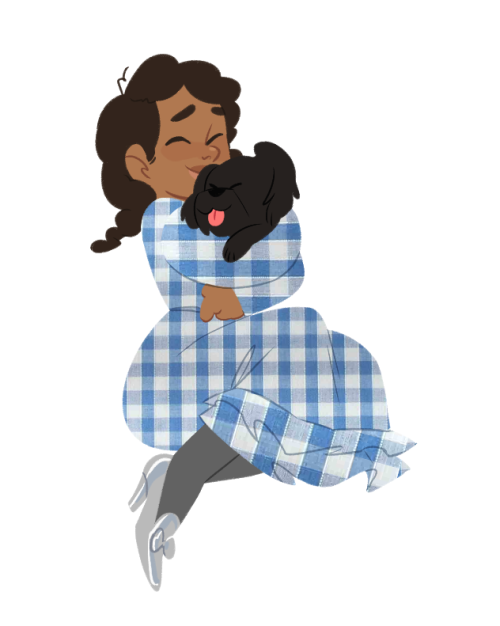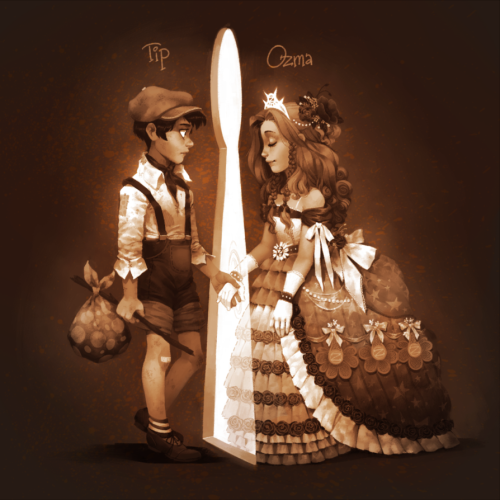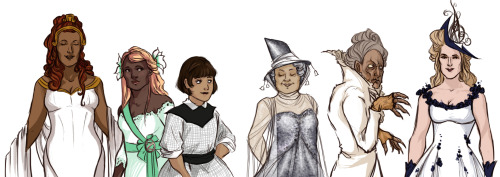 |
| A different take on Dorothy by Tumblr user Deerstroyer. But is it wrong? |
...works of fiction may be interpreted by different people, who may often read things into them based on their own life experience. The character of Dorothy is an audience surrogate, so if a young African-American girl connects through that character, then the author's job is still done.When a work is released, in a way, the way it is perceived passes from what the creator(s) intended to how the audiences interpret it. In the case of The Wonderful Wizard of Oz, however, Baum made his intentions of the story clear in his introduction:
...the story of "The Wonderful Wizard of Oz" was written solely to pleasure children of today.Yet that hasn't stopped people from claiming they've found Baum's allegorical meaning or agenda behind the story. Most popular is the concept that Baum meant for his story to be a parable on Populism, but what many forget is that this is an interpretation, not intent. As we've yet to find extensive allegory in any of Baum's other works, I take Baum at his word that he wrote it to be an enjoyable story. Yes, there are storytelling themes and tropes in the Oz books, but I find it difficult to believe.
Just so we're clear, intent is what the creator meant to include in the story, while interpretation is what the audience takes away from it, and they can be very different things!
 |
| Tip and Ozma by xamag |
That brings us to another point. Sometimes people come across stories and find a character and realize they relate to it or see something in the character the creator did not intend. They believe that character is a lot like them. And sometimes, there's no evidence to suggest otherwise, and sometimes there is. But even if it's not what the author intended, people should not be denied the freedom to interpret this character as they wish.
Literature is not a static thing. As screenwriter Phillipa Boyens calls it, it is "organic," and it keeps growing, and by allowing people to interpret and reinterpret it, it can grow and continue. And while it might be interpreted in ways the original creator never thought of, that doesn't make it wrong.
 |
| Glinda, Ozma, Dorothy, the Good Witch of the North, and the Wicked Witches of the West and East by Tumblr user zetsubonna |




1 comment:
I like how the top fanart of Dorothy has Silver Shoes designed after "Once Upon a Time" ... and Tip resembles "Manga".
That other fanart does a great job of making Glinda be black and have red hair.
Post a Comment